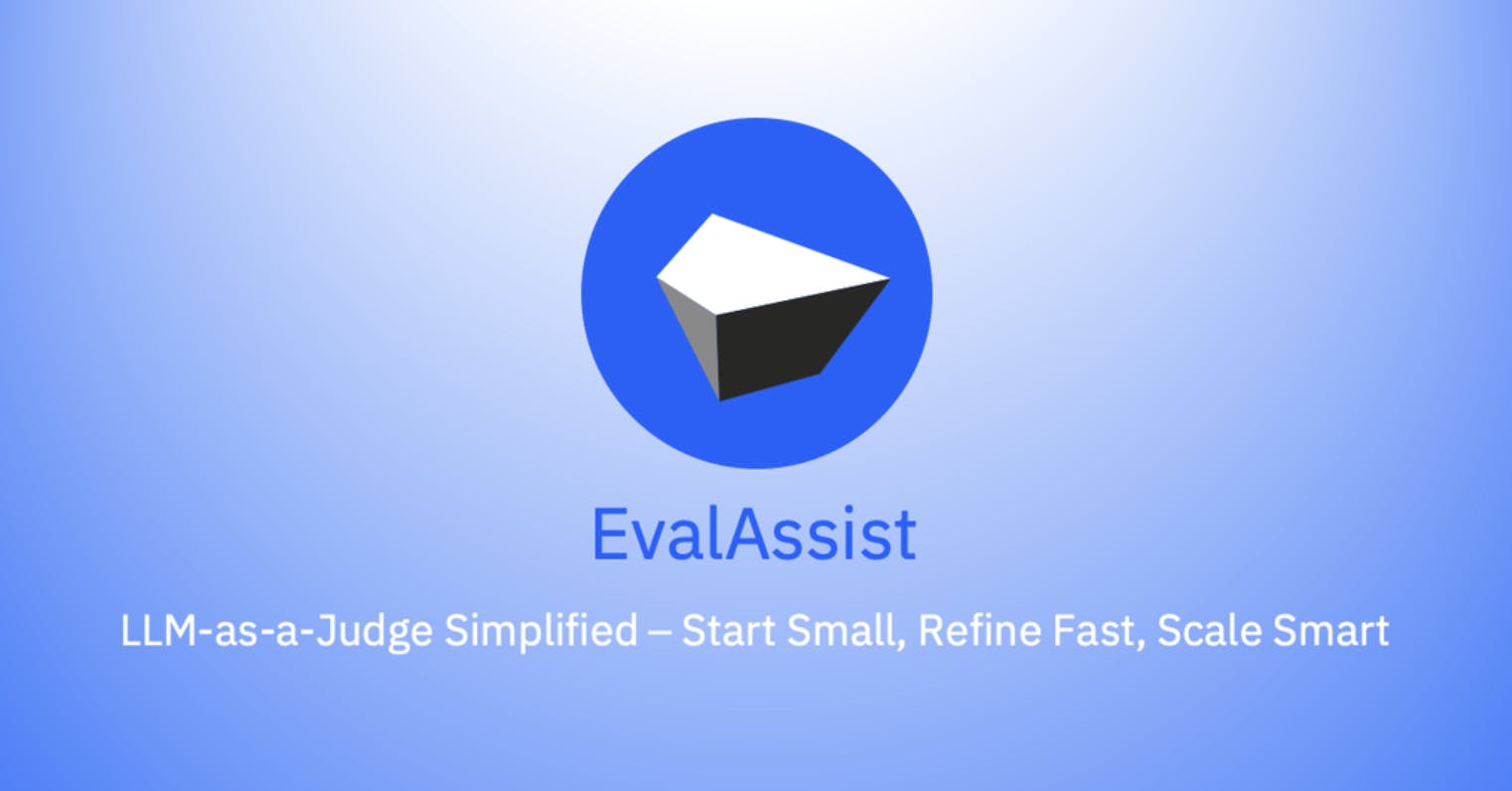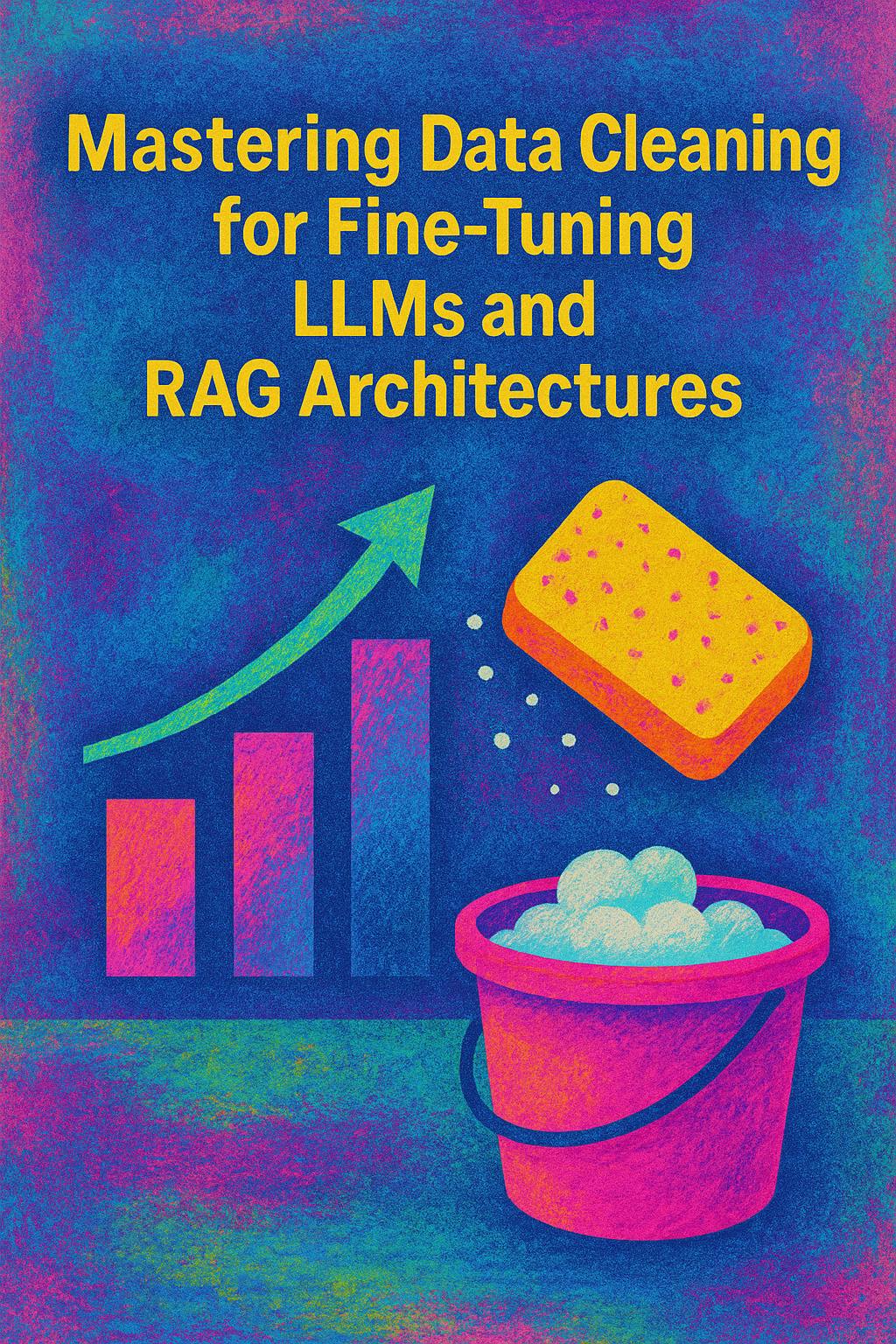LLM-as-a-Judge Without the Headaches: EvalAssist Brings Structure and Simplicity to the Chaos of LLM Output Review

You have generated a large batch of model outputs from a mixture of off-the-shelf and fine-tuned LLMs and now you need to evaluate them at scale. But how do you know which ones are actually meeting the expectations of your use case?While benchmarks and automated metrics are a great tool to validate initial usefulness of a model or prompts for your use case, they require ground truth and often miss the nuance that matters in many real-world scenarios, for example, think about evaluating chat bot responses for politeness, fairness, tone, clarity, inclusiveness etc. Most teams turn to human evaluation, but manual review doesn’t scale very well. That’s where large language models as evaluators (LLM-as-a-Judge) come into play. This popular approach can help accelerate human review, assuming definition of evaluation criteria are aligned well with human intentions and results are trustworthy.
And now, there's a tool designed specifically for that transition. Meet EvalAssist, IBM Research’s newly open-sourced application for building trustworthy evaluation pipelines using LLM-as-a-Judge and Unitxt.
LLM-as-a-Judge Simplified
EvalAssist uses a suite of large language models to evaluate output, including specialized judges such as Granite Guardian. Instead of writing brittle scripts to score outputs or burning hours in annotation tools, EvalAssist lets you define your own criteria what “good” looks like for your use case and then apply them at scale using LLMs like GPT-4, LLaMA 3, or IBM’s Granite.
EvalAssist supports different evaluation strategies tailored to different needs. You can use direct assessment to assign scores based on a custom rubric, or opt for pairwise comparison, where the model selects the better response between two or more options. To gauge the trustworthiness of evaluations, the tool includes bias checks that flag patterns like consistently favoring one position. Based on a chain-of-thought approach, EvalAssist also generates explanations that help you understand why a model made a particular judgment, engendering trust in the evaluation. EvalAssist enables criteria refinement through AI-assisted test case generation for edge cases that help stress-test your evaluation criteria. Once you are satisfied with your criteria, you can download a Jupyter notebook or Python code based on Unitxt and run your evaluation at scale and do additional customizations programmatically.
The goal? Make LLM evaluations more legible, auditable, and human-aligned so you can ship AI systems you actually trust.
What We Learned from Users: Evaluation Is Not One-Size-Fits-All
Before releasing EvalAssist, we ran a multi-method study with industry practitioners and researchers. The takeaway: even experienced teams are struggling to evaluate AI models in a way that is rigorous, scalable, and aligned with their use case.
Here’s what stood out:
Different tasks demand different strategies. In some domains, users preferred direct assessment, in others, pairwise comparison felt more natural. EvalAssist doesn’t lock you into one model of evaluation it adapts to your use case. We found that users trusted models more when they could inspect the reasoning. Showing model explanations (and letting users agree or disagree) helped calibrate trust. It turned black-box judging into a transparent, auditable process.
Why This Matters Now
If you are producing large amounts of outputs to train an AI system, you may be asking: How do we know this data is not biased or unsafe? How do we evaluate not just accuracy, but tone, or helpfulness?
EvalAssist lays the foundation by making evaluation structured, transparent, and scalable. It also helps you get in front of known failure modes before your users encounter them. And as benchmarks evolve and outputs require more oversight, EvalAssist gives you a repeatable way to test what matters.
The Start of Something Bigger
We’re releasing EvalAssist which will be part of the AI Alliance Trust and Safety Evaluation Initiative to support open, community-driven evaluation infrastructure. The tooling is free, the methods are grounded in research, and the code is available at https://ibm.github.io/eval-assist/. EvalAssist is built on top of Unitxt, IBM’s open source evaluation toolkit, offering the world's largest catalog of tools and data for end-to-end AI benchmarking. If you use EvalAssist to develop robust criteria, consider contributing those criteria to the Unitxt catalog supporting the vision to create and foster community-based LLM evaluation efforts.


